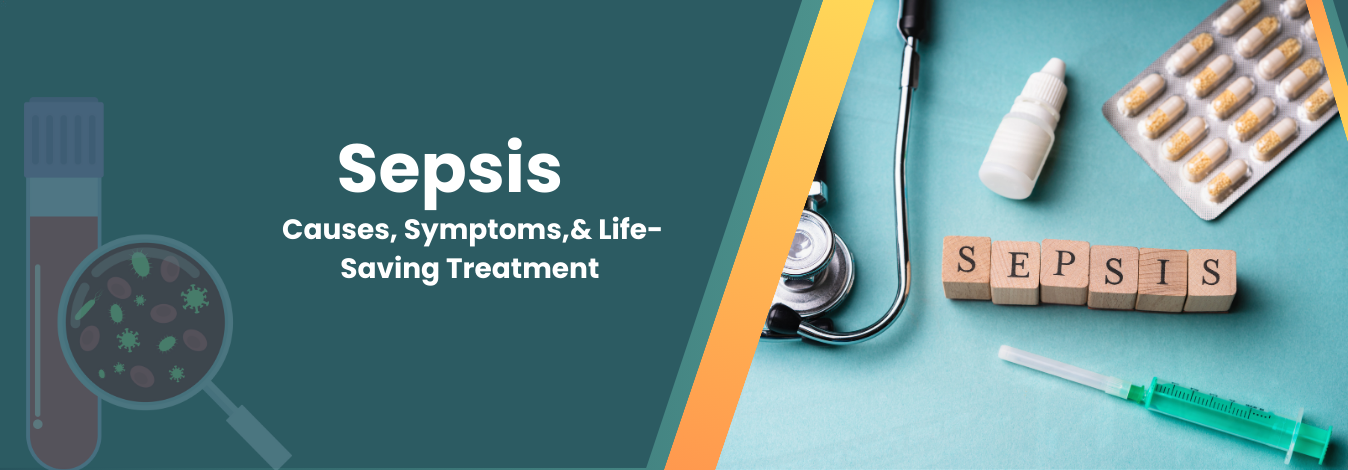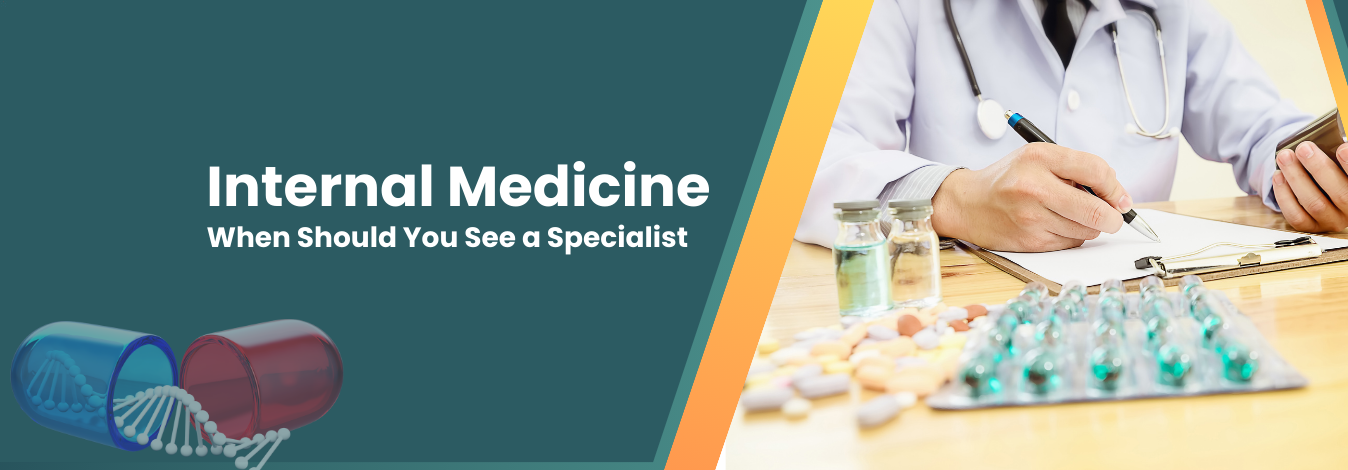Giardiasis is a widespread intestinal infection caused by the parasite Giardia lamblia, a microscopic organism that thrives in contaminated water, food, and unhygienic environments. The infection often appears similar to food poisoning or indigestion, showcasing symptoms like diarrhoea, bloating, excessive gas, and abdominal cramps. Because these symptoms overlap with many other digestive issues, giardiasis frequently goes undiagnosed, allowing the infection to persist for weeks and spread easily—especially in communal environments such as households, schools, hostels, and childcare centres.
Understanding giardiasis in depth is essential not only for effective treatment but also for preventing its rapid transmission. Below, we provide a comprehensive guide covering what giardiasis is, how it spreads, symptoms, diagnosis, treatment strategies, and powerful prevention tips.
What is Giardiasis?
Giardiasis occurs when the small intestine becomes infected with the parasite Giardia lamblia. Once inside the digestive system, the parasite attaches to the intestinal lining and disrupts normal nutrient absorption. This results in irritation, inflammation, and classic symptoms such as diarrhoea, cramping, gas, and bloating.
It is one of the most common waterborne diseases globally, affecting people from all regions and age groups. Since even a small number of parasites can cause infection, areas with compromised sanitation or contaminated water sources face higher risk. Without treatment, the infection can linger for weeks or months, leading to nutritional deficiencies and severe intestinal discomfort.
How Giardiasis Spreads
Giardiasis spreads through the ingestion of Giardia cysts, durable outer-protected forms of the parasite that survive in the environment for long periods. These cysts enter the body primarily through contaminated water, food, or contact with infected individuals.
1. Contaminated Water
Water contamination is the leading cause of giardiasis. People become infected by:
Drinking untreated or improperly treated water from lakes, rivers, streams, or wells.
Swimming in contaminated pools or natural water bodies and accidentally swallowing water.
Consuming tap water in regions with weak filtration or sanitation facilities.
Even a few cysts can cause infection due to the parasite’s resilience.
2. Contaminated Food
Food becomes contaminated when:
It is handled by infected individuals.
It is washed with unsafe water.
It is served in unhygienic or improperly sanitized environments.
Raw produce, street foods, and undercooked items are especially vulnerable.
3. Close Person-to-Person Contact
Giardia spreads easily in:
Households
Hostels
Schools
Daycares
Shared living spaces
Children are more susceptible due to frequent hand-to-mouth behaviour.
4. Poor Hygiene and Sanitation
Transmission commonly occurs when people:
Touch surfaces contaminated with cysts.
Fail to wash hands properly after using the toilet.
Come in contact with contaminated soil or objects.
Unhygienic sanitation practices increase environmental contamination and infection risk.
Symptoms of Giardiasis
Symptoms vary widely and may range from mild to severe. Some individuals show no symptoms at all, yet can still transmit the infection.
Common Symptoms Include:
1. Diarrhoea
Watery, frequent stools—sometimes greasy or foul-smelling due to impaired fat absorption.
2. Abdominal Pain and Bloating
Cramping and pressure from irritated intestinal walls.
3. Excessive Gas
Frequent burping, flatulence, and discomfort caused by disrupted digestion.
4. Nausea or Vomiting
Often paired with reduced appetite and food aversion.
5. Fatigue and Weakness
Nutrient loss leads to lethargy, tiredness, and low energy levels.
6. Weight Loss
Prolonged infection prevents normal absorption of essential vitamins and minerals.
7. Additional Symptoms
Symptoms can persist for months if untreated, significantly affecting daily activities.
Diagnosis of Giardiasis
Accurate diagnosis requires specific medical testing because symptoms overlap with other gastrointestinal disorders.
1. Stool Examination
Microscopic evaluation of stool samples helps detect Giardia cysts or trophozoites. Multiple samples collected over several days improve accuracy, as the parasite may not appear in every specimen.
2. Antigen Tests
Detect Giardia proteins in stool samples. These tests are quick, reliable, and highly accurate, making them widely used.
3. PCR (Molecular Testing)
PCR detects the genetic material of Giardia. Extremely sensitive, it is ideal for chronic or recurrent cases.
4. Endoscopy
Rarely recommended, used only if standard tests fail. It involves examining the intestine for attached parasites.
Treatment for Giardiasis
Effective treatment combines antiparasitic medication with supportive home care.
1. Antiparasitic Medications
Specific prescribed medications target and eliminate the parasite. Completing the entire course is essential to prevent relapse or resistance.
2. Supportive Home Care
Hydration
Diarrhoea leads to electrolyte loss. Oral rehydration solutions help restore balance.
Dietary Management
Eat light, easily digestible foods like bananas, rice, boiled potatoes, toast, and yogurt.
Avoid oily, spicy, dairy-heavy, and sugary foods during recovery.
Rest
Fatigue is common due to nutrient loss. Adequate rest speeds recovery.
Monitor Symptoms
Persistent or worsening symptoms require re-evaluation.
Prevention of Giardiasis
Prevention focuses on personal hygiene, safe food practices, clean water consumption, and environmental sanitation.
1. Safe Drinking Water
Drink only purified or boiled water.
Use certified water filters designed to remove parasites.
Avoid swallowing water in lakes, swimming pools, or rivers.
2. Food Safety Practices
Wash all produce with clean water.
Cook food thoroughly.
Avoid raw foods in uncertain environments.
Ensure food handlers follow proper hygiene.
3. Hand Hygiene
Wash hands:
4. Sanitation Measures
Proper disposal of human waste prevents contamination. Shared spaces like daycare centres must maintain strict cleaning routines.
5. Awareness While Travelling
Avoid drinking untreated water and be cautious with local food sources in areas with poor sanitation.



